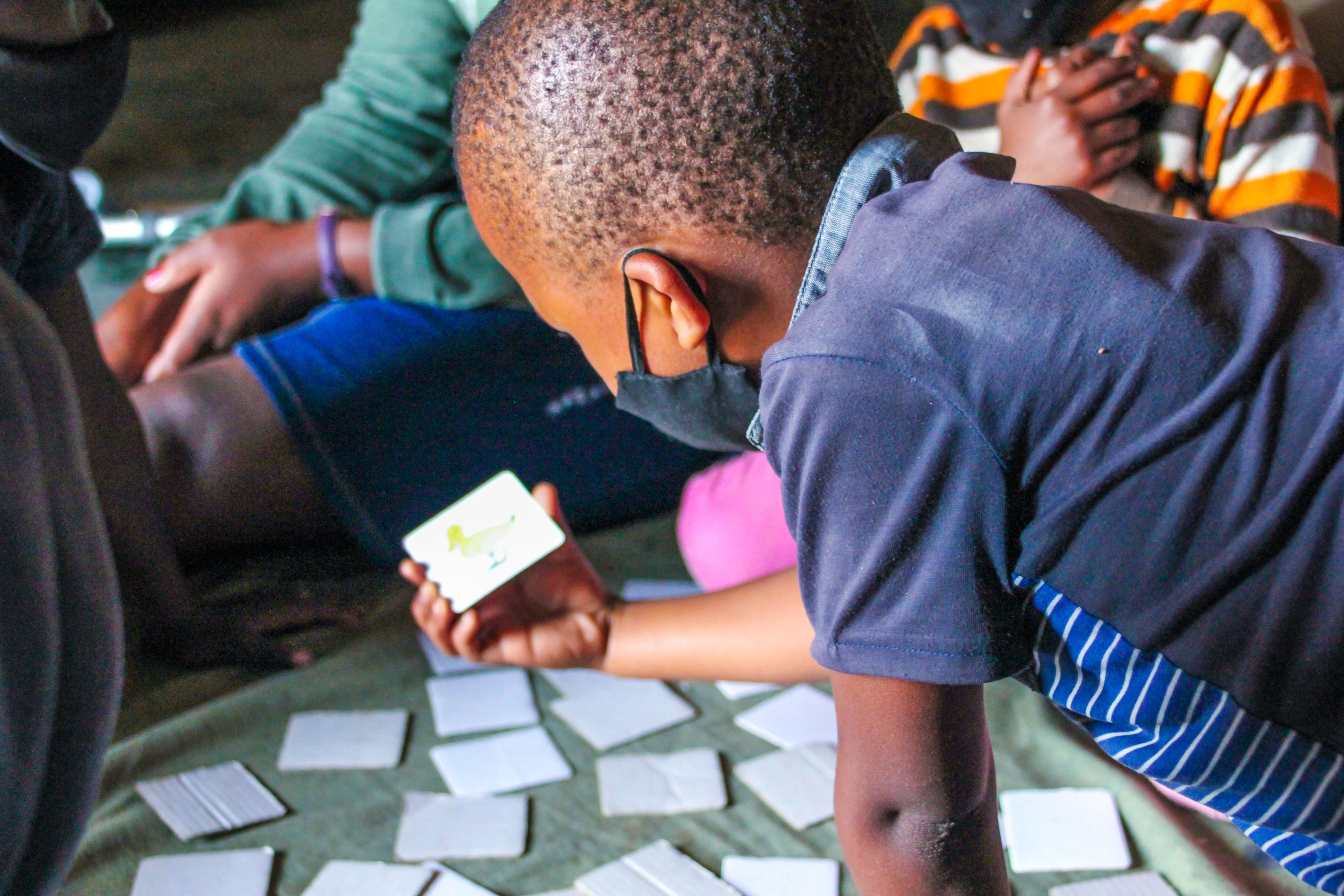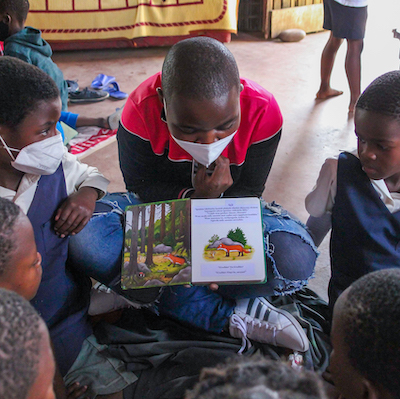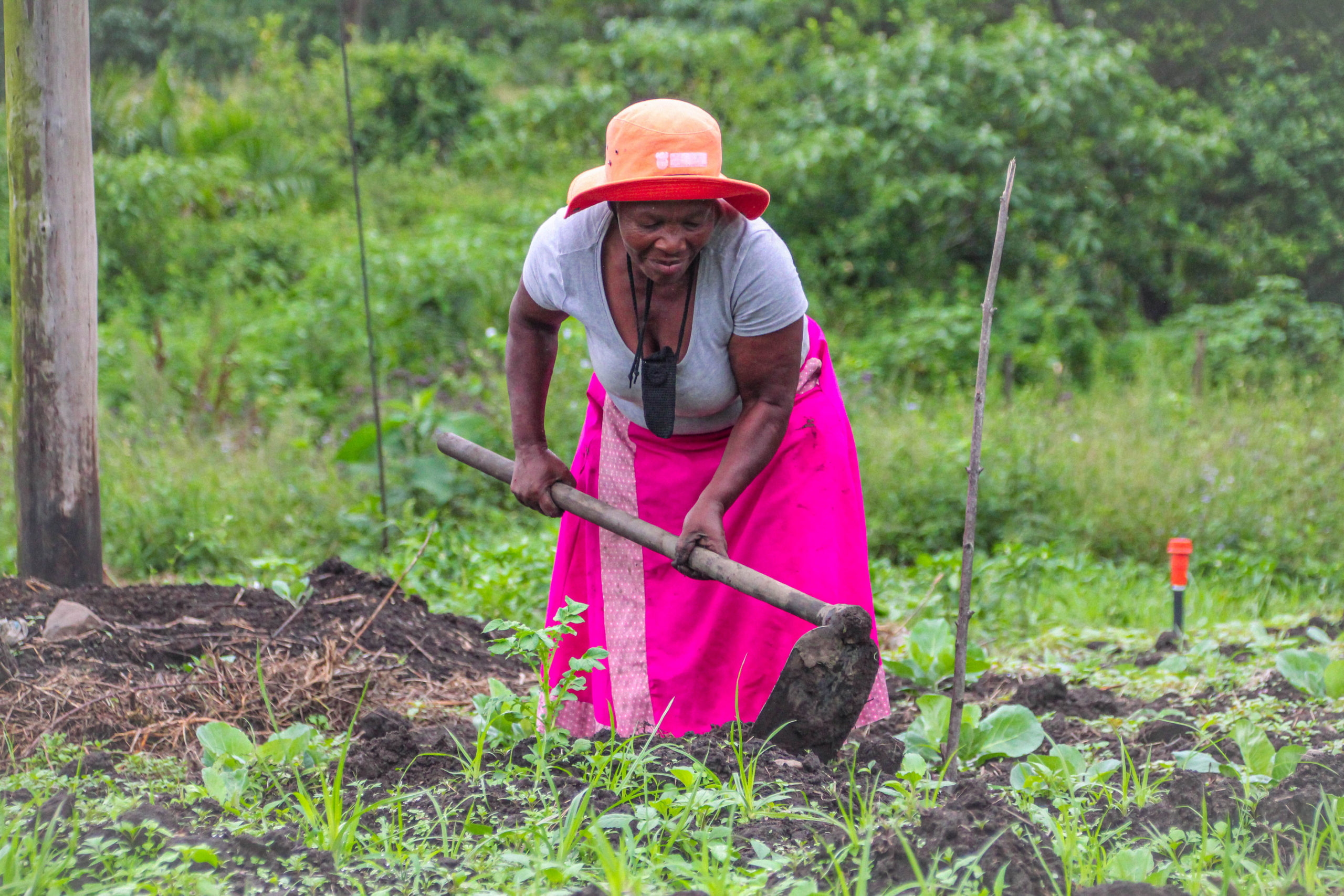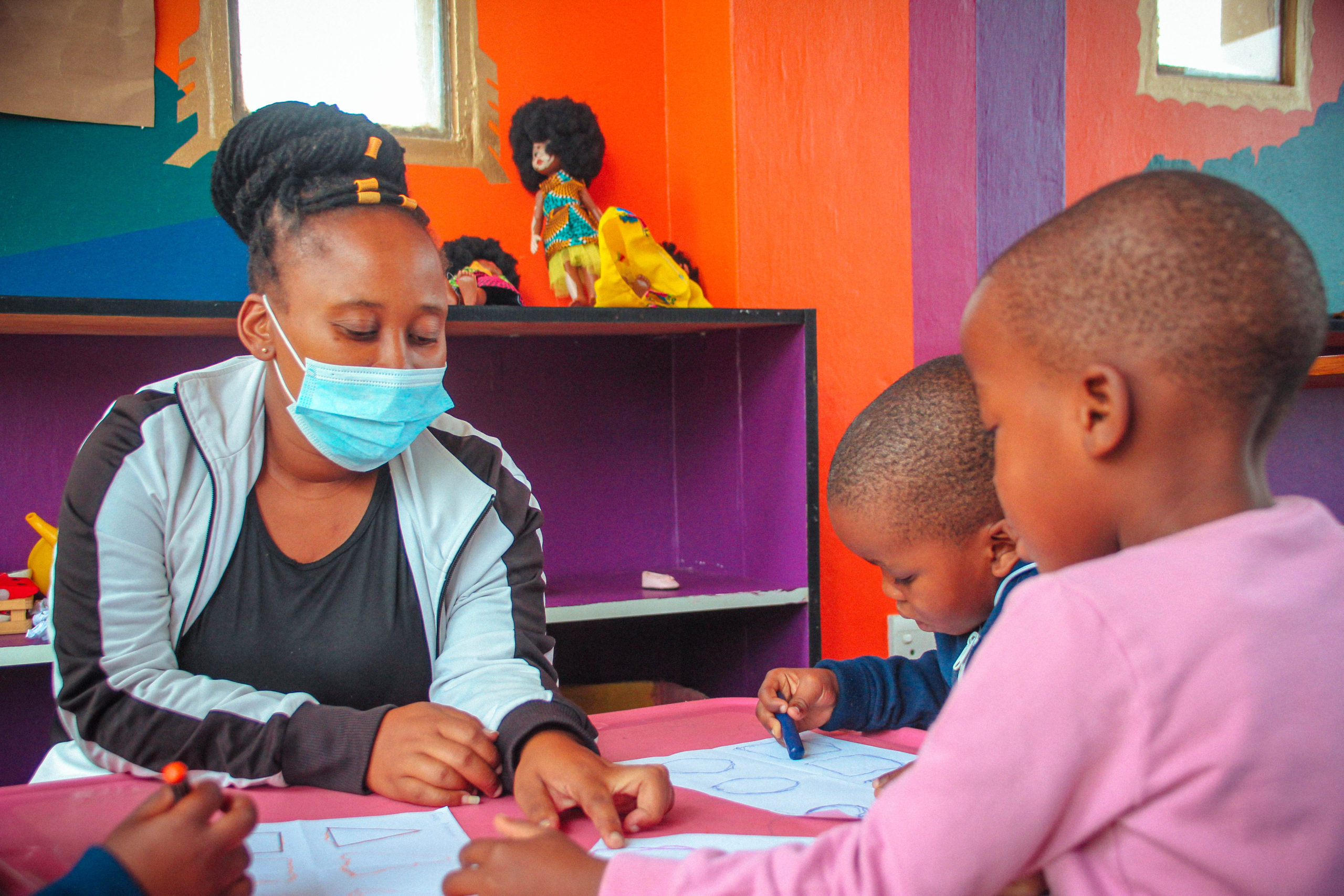Eight out of 10 children in South African can’t read at the same level as their international peers, not in English, not in their home language, not in any language! According to The Progress in International Reading Literacy Study (PIRLS), an international comparative reading assessment: 87% of isiZulu grade 4 learners in South Africa cannot read for meaning.
When children started going back to school only a few days a week again this year, we saw the opportunity of time (the days they were not in school) to develop and assist with a new programme addressing this gap in literacy. After completing an audit of literacy tools commercially available, we were shocked at the lack of learn-to-read resources in isiZulu! So we worked with our partners to discover a few resources they had developed themselves, such as Wordwork’s Little Stars programme that had been translated to isiZulu recently, some of the Keys to Learning cards, and Siyakwazi’s Red Flag catch-up tools in isiZulu, which were resources we had the capacity to implement. Our staff also got creative and made their own games, puzzles, and resources from cardboard, glue, and paper…
The result? A new Literacy Programme!
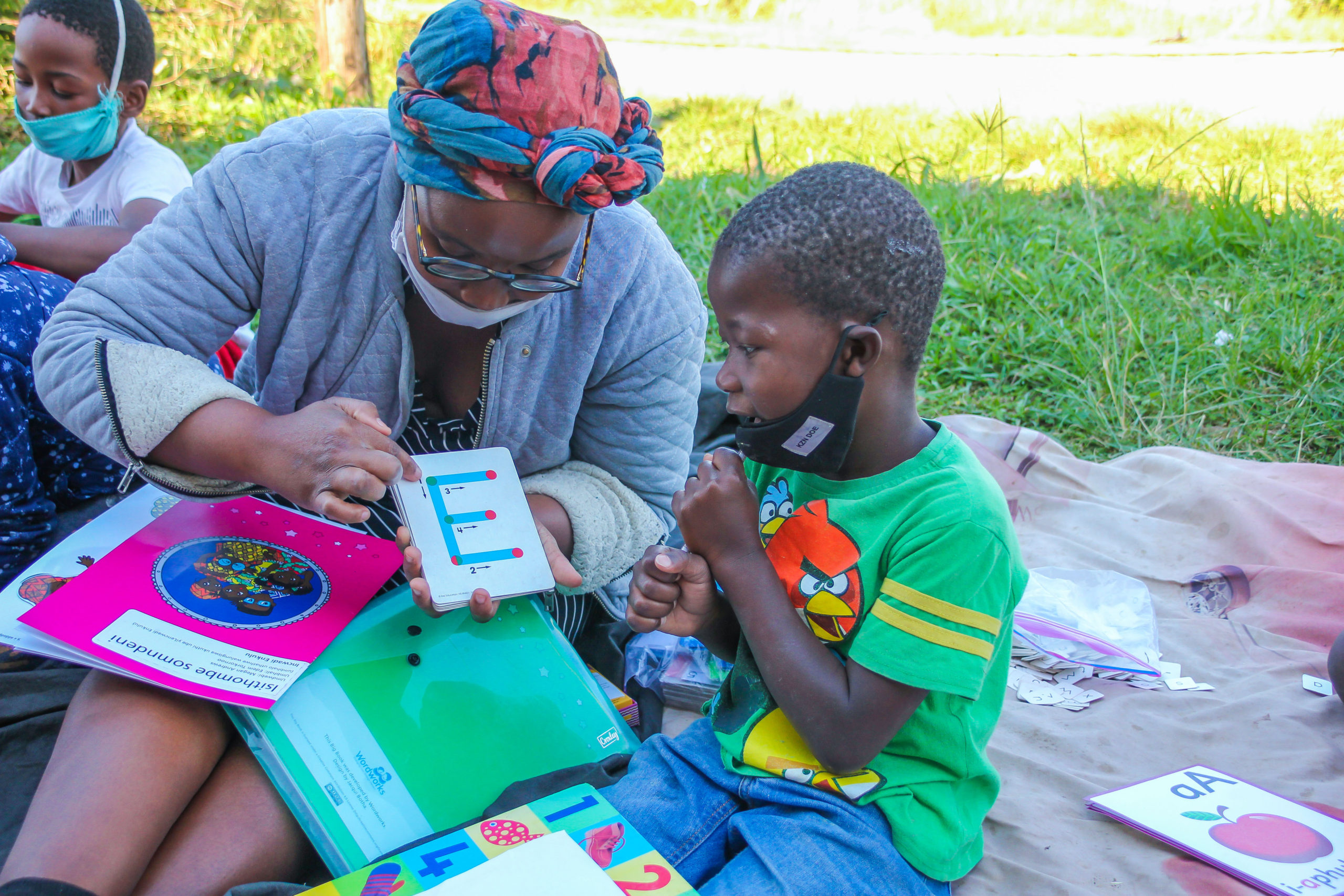
So far, Siyakwazi’s sound boxes are the biggest hit. Nellie, the Programme Manager for the Literacy Programme, explains that these ice cream container boxes contain picture cards and small objects that help children understand the shape of the letter, the sound of the letter, words containing the letter and objects, actions, or animal names that start with the letter. These provide a springboard for a multitude of fun games and activities.
Even though this programme is newly implemented, our facilitators have already started seeing improvements in some children.
Mimi, one of the Literacy Programme Facilitators, shared this with us: “The child that I saw improve since we started the programme is Nqubeko. He used to have very small hand writing and he was shy about his writing. He would also get left behind when we did activities. But, through this programme, I’ve seen him develop. Even his hand writing has changed He’s participating more and he’s active during the activities. He’s more confident, enthusiastic, his self-esteem has grown. He’s willing to learn too. There’s a big difference. Today we were reading The Gruffalo, after I finished, he even asked to read it again for the children”.
